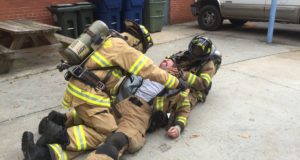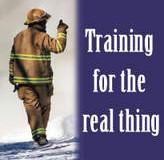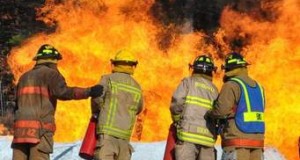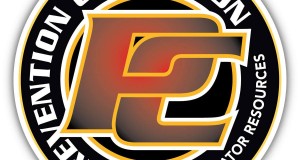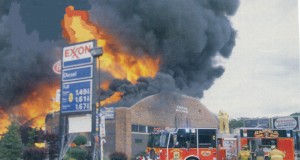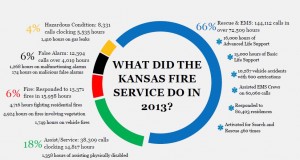Social entrepreneurship is about starting local movements that grow exponentially to solve massive social problems. Fire deaths and accidents are preventable, and yet they claim far too many lives each year. In 2016 there were almost half a million burn injuries in the U.S. and almost three thousand fatalities due to preventable home fires. The fact that so many of these could be avoided with fire and life safety education is stunning. And a prime example of a “massive social problem” that lends itself to a social entrepreneurship solution.
Read More »Fire Education
Fire Departments and Transparency
More importantly, isn’t it time that they truly know how important it is for them to practice fire safety behaviors in their homes and businesses? Maybe then they’d have a greater appreciation for having working smoke detectors, complying with building and fire codes, and supporting residential sprinkler systems for new residential construction.
Read More »What Fire Departments can Learn from Beer Ads – PART I
The reality is, those aren’t really the people we’re after. We’re after those that don’t have any working smoke or CO alarms, have kids but no home escape plan, or just don’t care/lack the knowledge about fire safety. We’re after those people, because they present the greatest and most imminent risk.
Read More »The Influence of Fire Department Training
Fire service training is much more than just the imparting of knowledge, the acquisition of new skills, and the ability to apply that new knowledge and skills. Fire service training, from entry-level through incumbent staff training, is also the vehicle by which a department's culture and values are initially imprinted upon individuals or reinforced.
Read More »Let’s Use Social Media to Promote Successes!
Fire departments should make greater use of social media to promote the success of fire and life safety education efforts such as when the residents of a home fire safely escape because they had working smoke detectors and a Home Fire Escape Plan that they had practiced.
Read More »Why On-line Training is the Future for Fire Service
The fire service in general has been slow to adapt to new work methods, apparatus, and technologies. (Yes, I'm going to say it, "200+ years of Online studenttradition, unhampered by change.") The technology is here today that can allow an individual to obtain the necessary knowledge of firefighting to successfully complete the knowledge-based portion of certification testing. What's not here today is the widespread acceptance that an individual can learn to be a firefighter using a computer or tablet. Why is that?
Read More »The Influence of Training
I believe it is safe to say there are not many emergency services personnel who would deny that training is paramount to successful operations on incidents. However, there are some whose actions would show otherwise.
Read More »PC Earns Safe Kids Worldwide Endorsement
Safe Kids Worldwide and Prevention Connection share a passion and dedication for making communities safer for families and children. That’s why Prevention Connection is honored to have the opportunity to Safe Kids Worldwide’s new Trusted Partners Program – a cause marketing program based on sales to Safe Kids’ network of 500 coalitions in the United States. As a Trusted Partner, Safe Kids Worldwide will promote the partnership and select Prevention Connection products to the network.
Read More »Revisiting: “Thinking Outside the Box” for Fire Protection in the USA
Sound rather harsh? Sound unrealistic? So does closing fire stations and laying off firefighters. So does continuing to expose firefighters to increasing levels of risk of injury or death because of negligence on the part of building occupants, developers, and builders. So does continuing to increase the fiscal burden to local taxpayers to pay for an antiquated fire protection model that is reactive rather than proactive.
Read More »NFIRS: It’s not a Data “Black Hole”
NFIRS “goes” by many names. Some call it by a state program name, e.g., The [Enter a state name] Fire Incident Reporting System; others call it by the software program a department purchased, e.g., Firehouse™ Incident Reporting; and some simply call it “run reports.” It’s all the same thing, no matter what you call it. And it’s highly useful.
Read More » Fire & EMS Leader Pro The job of old firefighters is to teach young firefighters how to become old firefighters!
Fire & EMS Leader Pro The job of old firefighters is to teach young firefighters how to become old firefighters!



